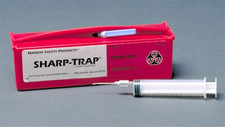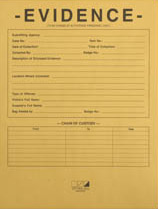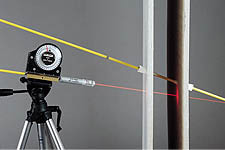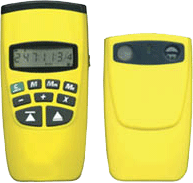Home | Glossary | Resources | Help | Contact Us | Course Map
Archival Notice
This is an archive page that is no longer being updated. It may contain outdated information and links may no longer function as originally intended.
Drug Evidence
Drug evidence consists of legal and illegal chemical substances controlled by law. This evidence may include prescription medication.
The evidence may be relatively simple, as in the case of small amounts of powders or vegetable matter or may range in complexity to large-scale clandestine laboratories that manufacture illegal substances.
Drug evidence may be found in the following situations:
- Possession of controlled substances, such as cocaine and heroin
- Manufacture of controlled substances, such as methamphetamine
- Cultivation of plants, such as marijuana and opium poppy
- Possession of drug paraphernalia, such as pipes and syringes
Integrity and Safety
Integrity
Drugs are generally stable compounds. Exceptions requiring special attention include cannabis vegetative material that must be kept dry to avoid molding (with the potential for production of toxic fungi) and drug laboratories with highly reactive chemicals.
Safety
Bloodborne pathogens, booby traps, fire, and explosion are potential risks associated with the collection and examination of drug evidence. Personnel may be exposed to dust or aerosols containing pharmacologically active quantities of potent psychoactive compounds.
Other Evidence Types
The evidence categories described previously are frequently encountered and may involve special integrity and/or safety elements.
Some other evidence types that may be encountered:
- Crime scene reconstruction: distance and angle measurements may be taken. Evidence may be analyzed to determine timeline of events.
- Questioned documents: documents should be protected, as they may have intrinsic value.
- Toxicology: samples are typically collected by the medical examiner and referred to a toxicologist for examination.
- Computer crime: recovery of data files that may be directly related to the crime, such as child pornography or identity theft.
Additional Online Courses
- What Every First Responding Officer Should Know About DNA Evidence
- Collecting DNA Evidence at Property Crime Scenes
- DNA – A Prosecutor’s Practice Notebook
- Crime Scene and DNA Basics
- Laboratory Safety Programs
- DNA Amplification
- Population Genetics and Statistics
- Non-STR DNA Markers: SNPs, Y-STRs, LCN and mtDNA
- Firearms Examiner Training
- Forensic DNA Education for Law Enforcement Decisionmakers
- What Every Investigator and Evidence Technician Should Know About DNA Evidence
- Principles of Forensic DNA for Officers of the Court
- Law 101: Legal Guide for the Forensic Expert
- Laboratory Orientation and Testing of Body Fluids and Tissues
- DNA Extraction and Quantitation
- STR Data Analysis and Interpretation
- Communication Skills, Report Writing, and Courtroom Testimony
- Español for Law Enforcement
- Amplified DNA Product Separation for Forensic Analysts





